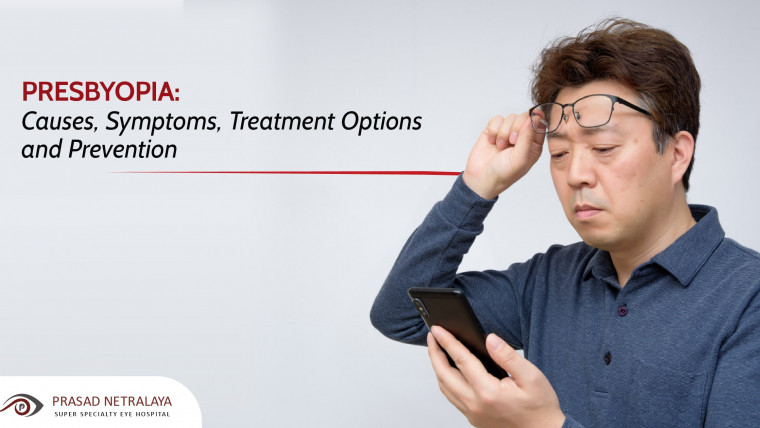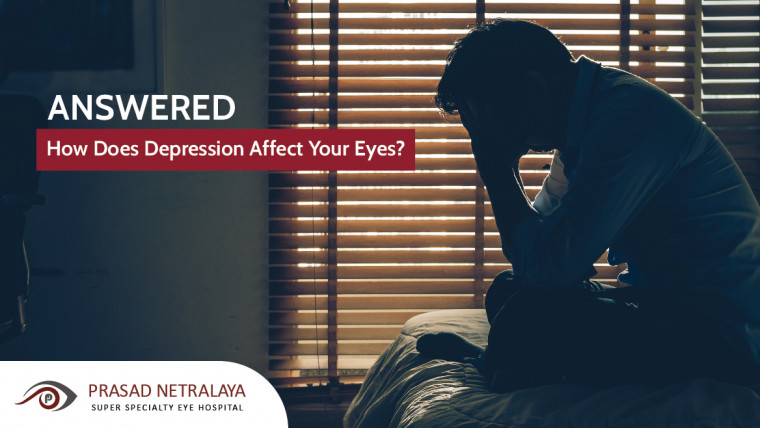Farsightedness is a vision condition that affects both children and adults and is commonly known as hyperopia. If you’re wondering — what is hyperopia — it is when distant and near objects appear blurry to you. The degree of your farsightedness affects your focusing ability — so your eyes may focus on faraway objects better than those nearby.
Table of Contents
Symptoms of Hyperopia
If you have farsightedness, you may have:
- Trouble focusing on nearby objects (sometimes making you squint to see clearly)
- Blurry vision
- Eyestrain
- Frequent Headaches
These days, increased screen time has made eye strain and headache a common occurrence. It is important to take care of your eyes. Activities like reading, working on the computer, colouring, drawing or writing for long periods of time may cause eye strain or headache if you have farsightedness.
Causes of Hyperopia
Farsightedness is largely caused by shortening of the eyeball. It happens when the eye is shorter than normal or its cornea (clear front window of the eye) is too flat.
The main function of the eyes is to focus on light rays when you look at something and send the image to your brain. The cornea and the lens of the eye focus images directly on the surface of your retina. But when you’re farsighted, the eyes don’t focus on light rays in a way they normally should. Hyperopia causes the light rays entering the eye to focus behind the retina, so the image formed goes to the back of your retina, and that makes things look blurry.
The condition runs in families and is usually inherited like nearsightedness — also called myopia. Both these conditions may also be caused due to ageing.
Difference Between Myopia and Hyperopia
Nearsightedness (myopia) is a very common vision condition where one can see nearby objects clearly, but far away objects appear blurry. The shape of the eyeball causes the light rays entering the eye to bend (refract) incorrectly. These rays focus before the retina, so the image formed goes to the front of your retina. And that makes things look blurry to you from afar. While in farsightedness, the rays focus behind the retina, and nearby objects appear blurry. This is the main difference between myopia and hyperopia.
How Can Hyperopia Be Corrected?
Hyperopia can be corrected with glasses or contact lenses — to change the way in which light rays bend into the eyes. One may need to wear glasses or hyperopia lenses all the time or only when reading, working on a computer or doing any other work that requires them to focus on something closeby.
Those having farsightedness may also choose to correct them at once, by opting for surgical techniques like LASIK surgery — where a laser is used to reshape the cornea. It is best to let the ophthalmologist evaluate your eyes and decide the best treatment for you.
If you feel you have any symptoms of farsightedness/hyperopia — the best place to get your eyes checked in Mangalore and Udupi is Prasad Netralaya. Our qualified ophthalmologists will help you in hyperopia correction and are also equipped to perform LASIK surgery. Call us at +91 9513596565 or book an appointment if you wish to visit in person.
Dr. Vikram Jain, M.S. had his medical training (MBBS) from Kasturba Medical College, Mangalore, India. He did his master’s in Ophthalmic surgery from Kasturba Medical College, Manipal. He currently manages the Glaucoma department of Prasad Netralaya hospital.



